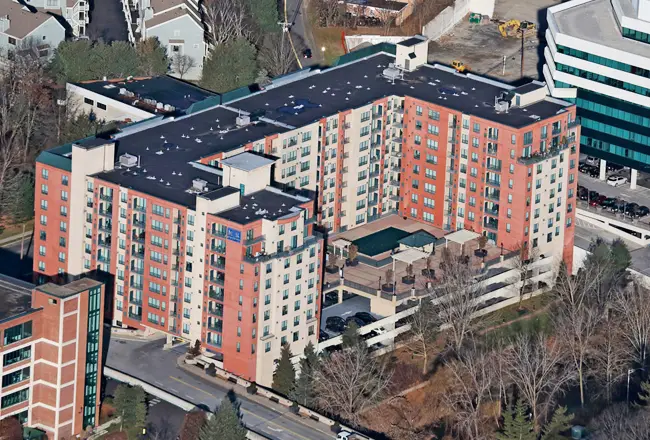New Rochelle”™s Commissioner of Development Luiz Aragon went to Washington on Jan. 16 to speak before a congressional subcommittee about bipartisan legislation known as the “Build More Housing Near Transit Act.”

The bill, H.R. 4307, was introduced by U.S. Reps. Scott Peters, a Democrat from California, and Cathy McMorris Rodgers, a Republican from Washington. It had 16 other sponsors from both parties.
New Rochelle was selected as the only municipality in the country to participate in the session because of its record in transit-oriented development. More than 30 projects are under construction or in development in the core of the city”™s downtown.
The legislation has been endorsed by a dozen industry and consumer groups including the National Association of Home Builders, the Mortgage Bankers Association, Habitat for Humanity, the Regional Plan Association and Up for Growth Action.
“They wanted to hear from us and want to use what happened here in New Rochelle as an example of what can happen across the country,” Aragon told the Business Journal. “In partnership with elected officials and the community we were able to put together a plan where we did attract investment and it was not only a plan that made sense but was financially feasible for the development sector.”
The proposed legislation would impact the Federal Transit Administration”™s New Starts program that funds transit projects such as rail and bus rapid transit through the Capital Investments Program. It would require housing feasibility assessments to be made in order to determine how and where housing units could be built near new transit stops. It also would make funding more likely if a local community changes its land-use policies to make it easier to build affordable housing as well as market-rate units.
Mike Kingsella, executive director of Up for Growth, said the legislation “would ensure that limited federal transit dollars are used not only to finance important transit projects, but also enable additional transit-served housing for more Americans.”
The bill states, “Housing built around transit stops should target middle-income families, particularly those with 60% to 100% area median income.”
Aragon pointed out that New Rochelle requires 10% of the units in proposed projects be in the affordable category and, of the 6,300 new dwelling units approved, 800 are affordable with the city exceeding its 10% minimum.
“As you go to more urban areas like New Rochelle, we have less land that”™s available and the only option is to do what we”™re doing, which is to develop vertically,” Aragon said.
Also important in bringing a plethora of transit-oriented development to New Rochelle was assuring developers that their projects could receive timely approvals, in a matter of months compared with the year or two or longer it might take in other communities.
“Our ultimate goal was to create a process that has certainty so that if someone came to New Rochelle to develop, they knew what to expect and what steps they needed to take. It does not mean that the review is not detailed and careful. The review is a quality review and equal to what will be done by a different municipality where it would take longer,” Aragon said. “We pretty much have the rules set and developers have a choice of adhering to those rules or not doing a project.”
He estimated that the population of New Rochelle will grow by about 15,000 in the coming years. Its population was estimated by the U.S. Census Bureau as being 78,742 as of July 1, 2018.



















